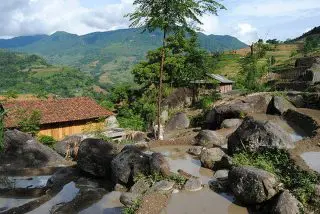
Xin Man, Ha Giang: What Makes This Region Special?
Xin Man district has a complex terrain, located in the upper Chay River mountain range, so it is mainly hills with steep slopes and divided by many streams.
Nestled in the picturesque Ha Giang Province of Vietnam, the Quan Ba Twin Mountains, often affectionately known as the “Fairy Breast Mountains,” stand as a captivating natural wonder. These iconic peaks, which are renowned for their unique, symmetrical shapes resembling the breasts of a young woman, not only offer breathtaking views but also hold rich cultural and historical significance for the local H’mong communities. In this article, we delve deep into the various dimensions of the Quan Ba Twin Mountains, exploring their geographical features, geological formation, cultural importance, and tips for visitors.
The Quan Ba Twin Mountains are located in Quan Ba District, about 52 km north of Ha Giang City. This district is part of the larger Dong Van Karst Plateau, a UNESCO Global Geopark acclaimed for its striking landscapes and distinctive geological formations. The area covers approximately 3.6 hectares, surrounded by rolling hills and terraced fields that create a breathtaking scenic backdrop. As you approach these majestic peaks, you’ll find yourself immersed in the harmonious blend of nature and culture a hallmark of Northern Vietnam.
The geography of this region plays a significant role in its allure. The mountains rise dramatically from the surrounding valleys, and their distinctive shapes make them an easily recognizable symbol of the area. As you navigate the winding roads leading to the mountains, the picturesque landscapes reveal charming local villages interspersed among the rice terraces, inviting visitors to explore further.
The geological history of the Quan Ba Twin Mountains is as enchanting as their appearance. Estimated to be between 1.6 to 2 million years old, these mountains were formed through the weathering of dolomite, a rock type prevalent in the surrounding region. Over millions of years, natural forces such as erosion and sedimentation shaped the iconic cone structures of the twin peaks, resulting in the stunning formations we see today.
This long process of natural evolution not only contributes to the geological significance of the mountains but also influences the local climate and ecosystems. The variety in elevation gives rise to unique flora and fauna, making the area a haven for nature enthusiasts and researchers alike. Furthermore, the surrounding landscape, with its terraced fields and vibrant crop cultivation, showcases the symbiotic relationship between geology and agriculture that characterizes the Quan Ba District.
The cultural importance of the Quan Ba Twin Mountains extends beyond their physical beauty. According to local folklore, the peaks are steeped in mystical tales that connect them deeply to the heritage of the H’mong people. It is said that a fairy fell in love with a talented H’mong man who played the flute. Their union resulted in a child, but when discovered by the Jade Emperor, the fairy was taken back to the heavens. In her sorrow, she left her breasts behind to nourish her child, which eventually transformed into the twin mountains we admire today.
This enchanting story not only enhances the mystical allure of the site but also reflects the values and beliefs of the local communities. Festivals celebrating this tale, as well as the natural beauty of the mountains, are common throughout the year, fostering a sense of unity and cultural identity among the residents.
When planning a trip to the Quan Ba Twin Mountains, the experience will vary depending on the time of year you choose to visit. Each season offers a unique perspective of these stunning peaks:
Whether you’re looking to capture stunning photographs or immerse yourself in local festivals, each season brings its own charm to the Quan Ba Twin Mountains.
Accessing the Quan Ba Twin Mountains is relatively straightforward for travelers. Most begin their journey from Ha Giang City and travel along National Highway 4C, with the trip taking approximately 1.5 hours. Along the way, travelers often stop at the Quan Ba Heaven Gate, a revered viewpoint that offers breathtaking panoramic views of the twin mountains and the surrounding landscape.
There are numerous activities to engage in while visiting the area:
While many travelers often continue their journey on the Ha Giang Loop, Quan Ba offers a variety of lodging options, including several local homestays and budget hotels. Staying at a homestay presents a golden opportunity to immerse yourself in local culture, particularly that of the Dao ethnic people who reside in the area.
Here are some popular accommodation options in the Quan Ba region:
In summary, staying close to the Quan Ba Twin Mountains not only allows for easy access to explore the natural beauty but also enables you to connect with the rich cultural heritage of the local communities.
The Quan Ba Twin Mountains offer a quintessential destination for travelers eager to discover the remarkable natural beauty and rich cultural heritage of northern Vietnam. With their magnificent geological formations, legendary stories, and stunning vistas, they present an unforgettable experience. Whether traversing the picturesque landscapes, immersing yourself in local traditions, or simply absorbing the breathtaking views, a visit to these mountains promises to leave lasting memories. Embrace the enchanting aura of the Quan Ba Twin Mountains it’s a journey worth taking for any adventurer at heart.

Xin Man district has a complex terrain, located in the upper Chay River mountain range, so it is mainly hills with steep slopes and divided by many streams.
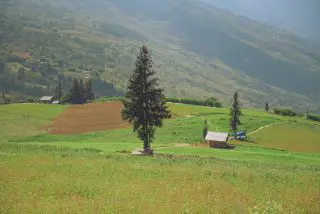
Venture into the untamed beauty of northern Vietnam with Vietnam Treasure and discover the magic of Suoi Thau Steppe. This captivating landscape offers a unique blend of cultural immersion and breathtaking natural scenery far from the bustling tourist trails.
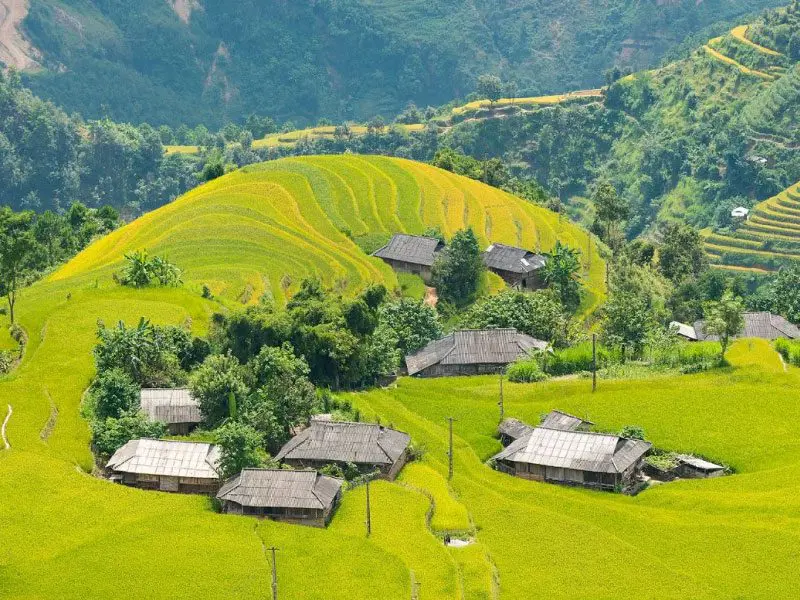
Nestled high in the mountainous region of Ha Giang, Phung Village (Ban Phung) is a hidden gem offering a glimpse into the authentic beauty and culture of Northern Vietnam.
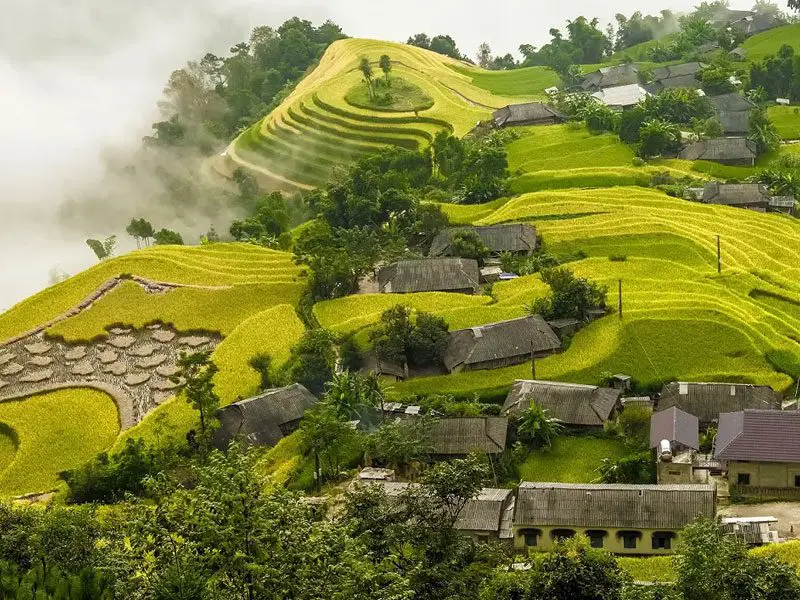
Stop at Thong Nguyen Village, and you will discover amazing beauty. This is a rugged and difficult mountainous area. Many people may think that nothing is interesting here. Join Vietnam Treasure to discover the beauty of Thong Nguyen Village.
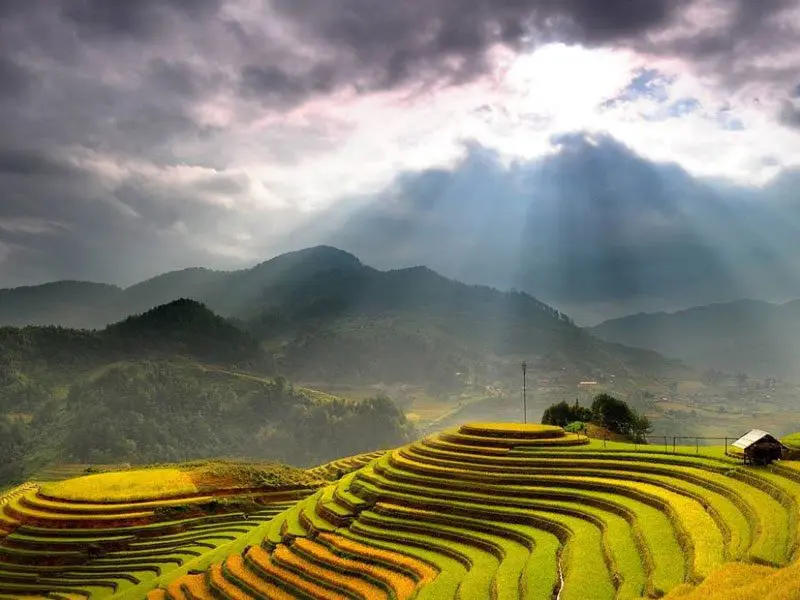
Its name, Hoàng Su Phì or Hoàng Thụ Bì, means “the yellow bark” in the Hmong language. It indicates the woods of weeping cypress, which is a local specialty.
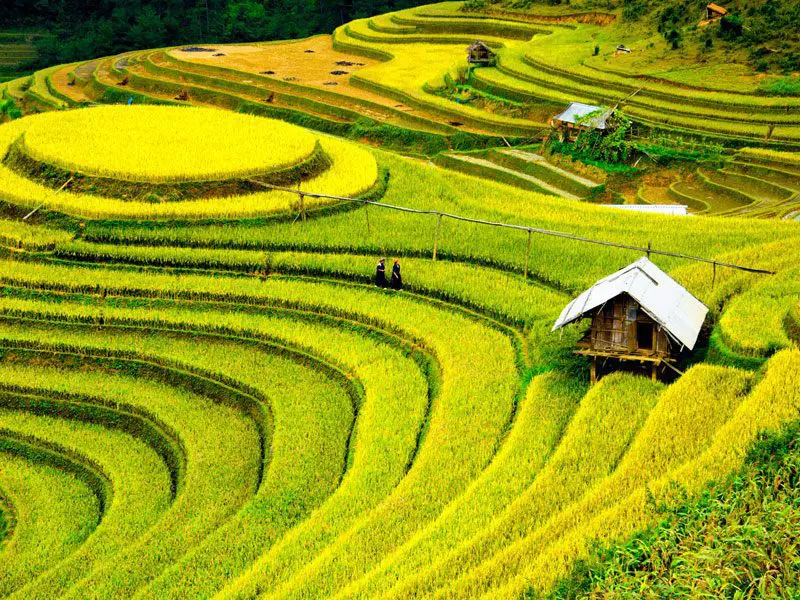
Hoang Su Phi terraced fields possess an undeniable charm, creating a mesmerizing scene—journey to Ha Giang with Vietnam Treasure to witness the brilliant golden rice harvest season. Although present in many countries, especially in Southeast Asia, terraced fields in Vietnam are deeply associated with the traditional agricultural activities of many ethnic groups in the northern mountainous region, such as the H’Mong, Dao, Nung, La Chi and Ha Nhi.
Tu San Canyon (Mèo Vạc district), the deepest canyon in Vietnam. It has a depth of about 800 m, a length of 1.7 km, and cliffs that slope 70° to 90°.
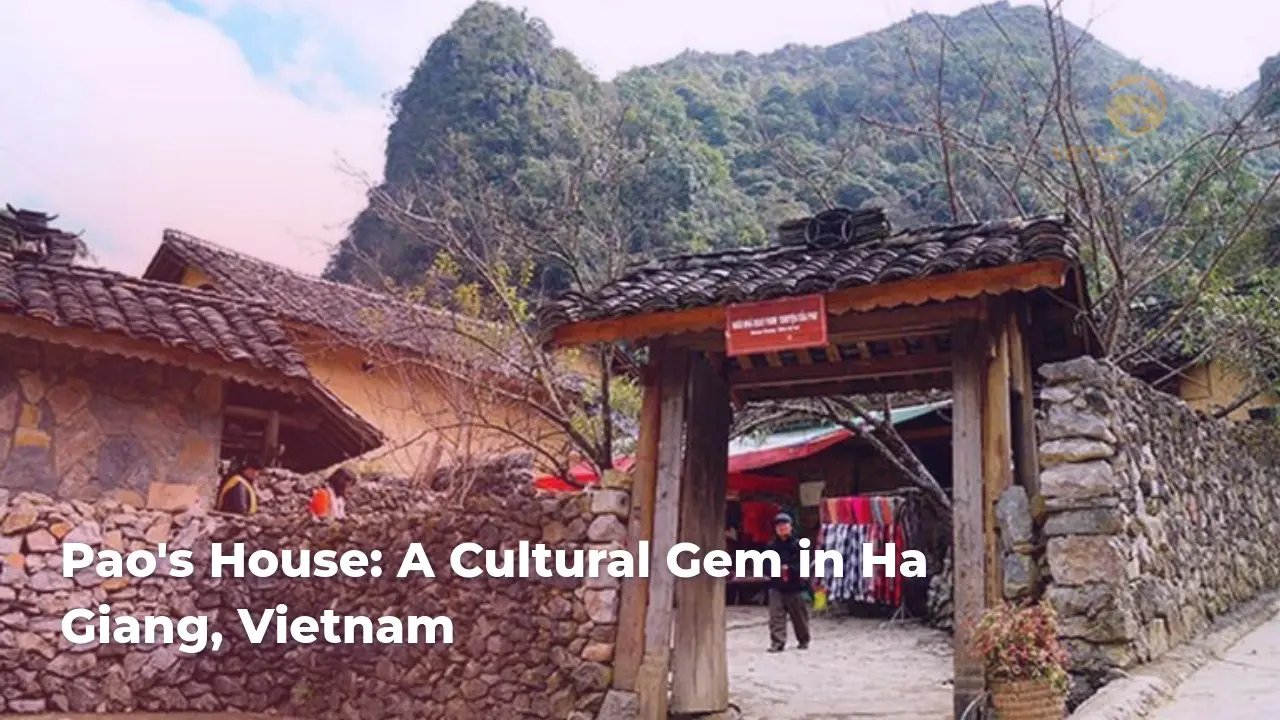
Discover the charm of Pao’s House, Ha Giang. Dive into local culture and scenic beauty. Plan your adventure now!
Copyrights @2025 Vietgo Travels. Terms and Conditions Privacy Policy
Hotline
+84 855 452 888 (Viet Nam) / +1 (206) 665 3090 (US)
Email: [email protected]
Website: www.vietgotravels.com
Head Office:
No. 23 Lo Su Street, Hoan Kiem District, Ha Noi, Viet Nam.
Viet Nam’s branch:
No. 35 Hang Quat Street, Hoan Kiem District,
Ha Noi, Viet Nam.
US:
831 41st Pl, Everett, WA 98201, USA